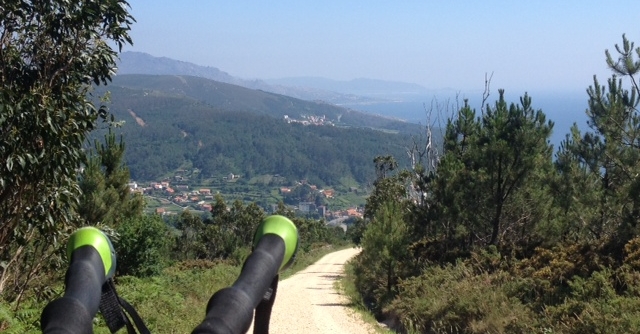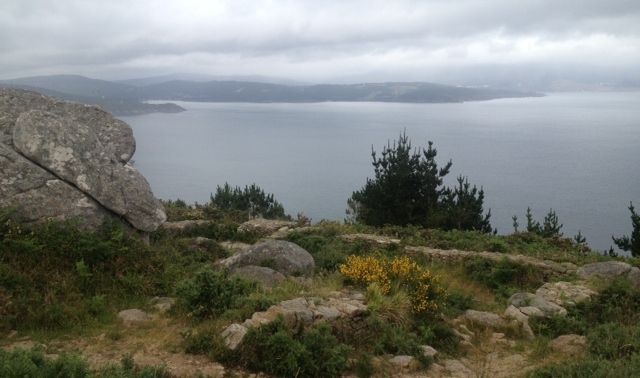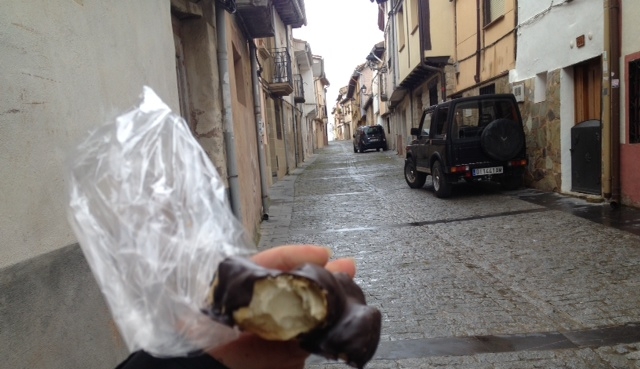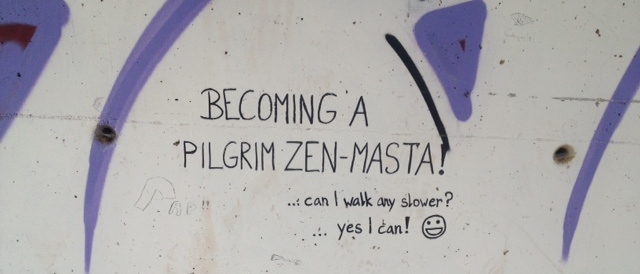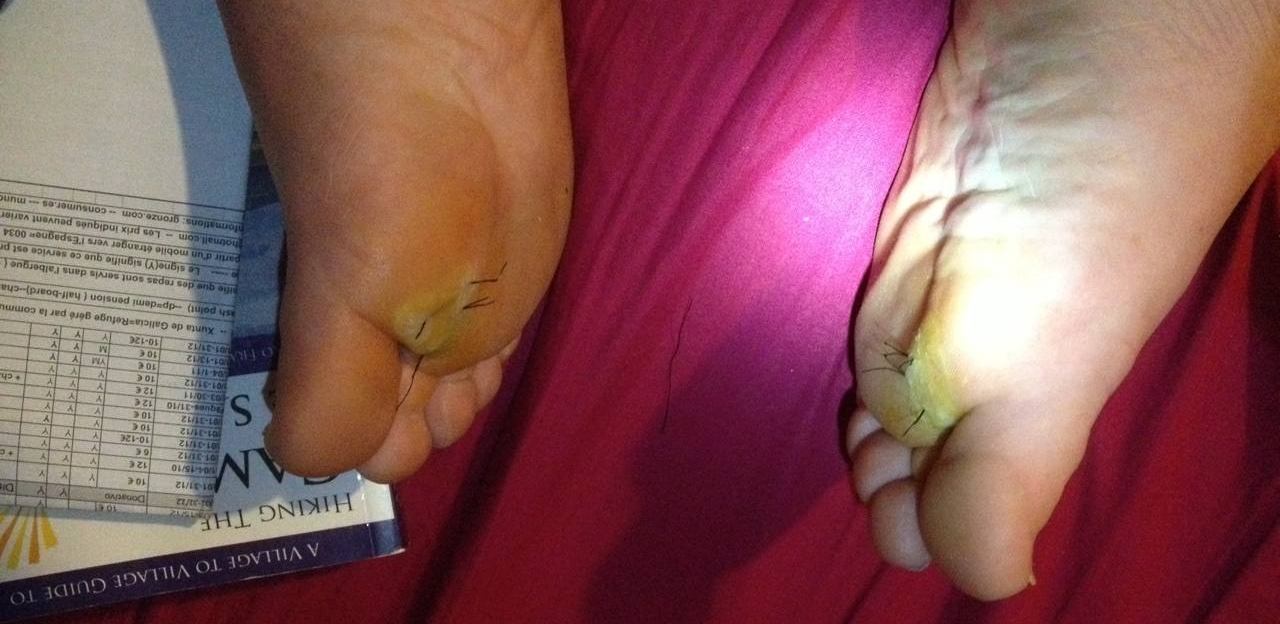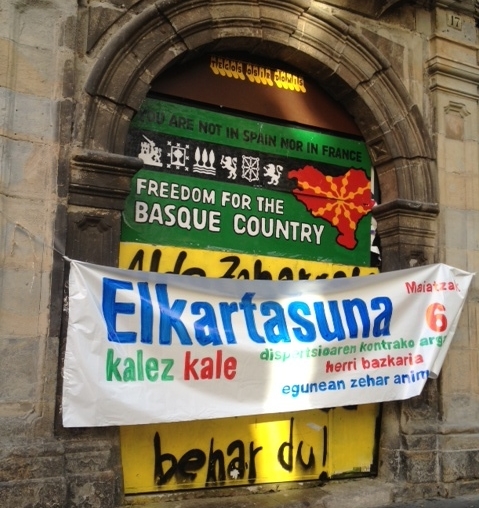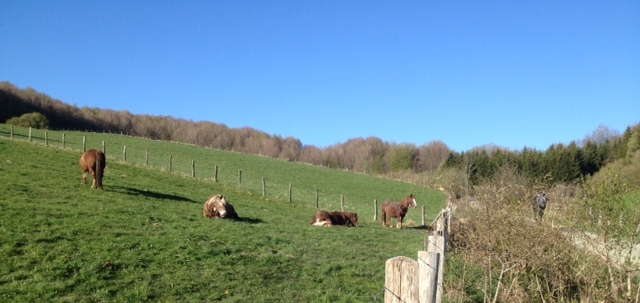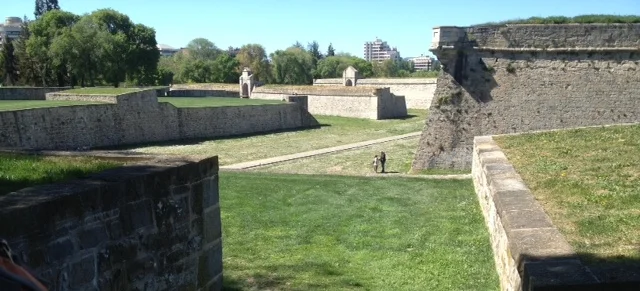SPRING! Garden tunnels! For free!
/the first wildflowers: appearing literally overnight on the mountain
Wildflowers are tougher than lettuce, which is unfortunate, because no one really wants to 'wait until danger of last frost has passed' to plant their garden, and no one can actually start seedlings indoors on their windowsill if they have cats.
Luckily, you can plant directly outside in the garden even when its frosting and pelting hail every day, so long as you do it under plastic (which keeps out both the frost and the cats.) There are fancy greenhouses. There are expensive poly-tunnel-framework systems. And then there are the leftover tomato cages sitting in one corner of your garden, as well as your neighbor's garden, and your grandma's garden, all of which can be pilfered and used to make poly tunnels for free! Because nobody needs their tomato cages back until it's actually hot enough to plant tomatoes. Which, incidentally, is exactly when you'll no longer need plastic tunnels. This is perfect.
• Round wire tomato cages.
• Plastic painters' drop cloths, 2 ml thick, a few dollars each. So, not quite free. But almost. (I know. Plastic. Ugh. But you can reuse these every year; you'll only buy plastic once.)
• Seeds for cold-weather crops that love to get a head start in spring: beets, spinach, kohlrabi, cabbage, lettuce, radishes, swiss chard, kale
Note: I've never had plants die of cold doing this, even when there's snow sitting on the plastic for a full day. I start this mid-March, at elevation 4500', when day temperatures reach 50 on a good day but there are still plenty of snow flurries and nights below freezing.
By comparison, around here it's considered safe to plant a garden unprotected the first week in June. That's almost a 3-month head start. PLANT AWAY.
1: Dig up dirt. Turn over soil. Add compost, or a bit of manure, to freshen up nutrients if possible. (Grandma tells me it's better to spade up gardens in autumn, so winter snow oxygenates the soil and pulls all the nutrients deeper... one of these years in autumn, I'll actually remember to do that.)
Rake smooth. Hoe the rows where you'll plant, one or two rows for each tomato-cage-tunnel.
Lay down cages, and wedge into soil. (Note: You'll disturb your lettuce's roots a bit, pulling these wires up in June. Whatever. The planties will survive, and will have happily had a two-month head start in compensation.)
WATER THE SOIL FIRST, before planting, and water well— not quite to mud consistency but almost. You'll be covering this damp soil with plastic and leaving the seeds to sprout and embiggen undisturbed for weeks; make sure they'll have lots of condensation under their plastic.
Plant seeds. RADISHES can be scattered and planted amid anything else, as they'll be ready in 23 days (or whatever your package says) and pulled out before the rows of lettuce and spinach and beets get big. My grandmother disapproves of my planting radishes in a disorderly fashion. But if (like me) you don't really bother pulling weeds, I say scatter the radishes everywhere, dust with the standard 1/4" of soil, and give them room to grow.
Water seeds again, lightly.
Cover with drop cloth. (I used 2 ml. thick, 9'x12'; then cut in half to 4 1/2' x 12'.) To keep plastic in place, bury all edges in soil, leaving no flapping corners exposed to catch the wind. THAT'S IT! Don't peek for 2-3 weeks, except to check if seedlings need water.
In a month, start eating lettuce.
• Plant radishes in 2-wk cycles, in spaces between rows or sharing rows with other crops.
• Forget the swiss chard and just plant more BEETS instead, because beet leaves taste just as good as chard and are just as good for you, and then, after 70 days, you also get BEETS! Beets freeze extremely well - boil them with root and stem attached, then peel them, freeze in chunks, and reheat for blissful dinners all through the bleak midwinter.
Happy gardening, happy scribbling, and happy spring naps in the sun:
- mlj
















